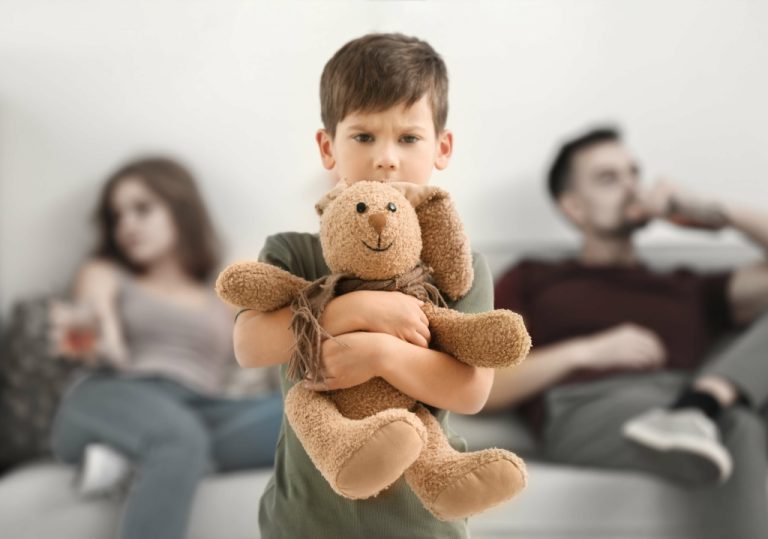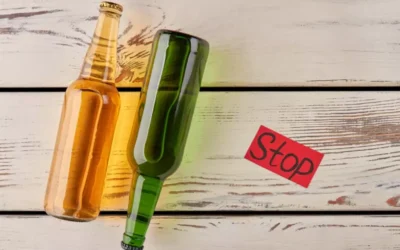Content
Maintaining sobriety can be difficult after transitioning from a controlled environment to the real world, so it’s important to surround yourself with people who understand. Attend one-on-one sessions with a therapist who specializes in addiction or attend group meetings to stay on top of your recovery journey even after leaving rehab. After someone leaves a program, they may require continued care and support.
- A popular question in the addiction space is, “what’s your success rate?
- Drug rehabilitation centers are facilities that are known for providing treatment for alcohol and drug addiction.
- The worst physical symptoms start to fade around three to seven days after last use.
Finally, there is a need to assess the effectiveness of 12-step affiliation independently of enrollment in formal treatment and using a long-term perspective. New Hampshire ranks 40th in states with the cheapest to most expensive cost for residential drug rehabilitation treatment (non-hospital). New Hampshire is among the top 10 most expensive states for outpatient drug rehabilitation treatment.
Treatment Techniques
Depending on the specific addiction, treatment professionals will establish a blueprint for your rehab program. In detoxification, you stop taking the substance(s), allowing them to leave your body. Depending on the severity of the SUD, the substance or an alternative may be tapered off to lessen the effects of withdrawal. You can go through detoxification in both inpatient and outpatient settings. Mental health condition classification systems, including the Diagnostic and Statistical Manual of Mental Disorders (DSM), have become more sophisticated over time. The term “substance use disorder” allows for more clarity in diagnosis.
If you need help finding a treatment program, contact a treatment provider. A 60-day program will also provide more time to ensure all substances are removed from your system, and also begin to actively practice positive and healthy habits to help you maintain sobriety. Though insurance may or may not cover the full 60-day program, many https://www.beyondthestoop.com/2014/07/city-lights.html treatment facilities offer payment plans that allow you to make smaller monthly payments over time. For those living with a substance use disorder, seeking treatment can be an intimidating experience. Many wonder what their friends and family will think, how much it will cost them, or what the length of their treatment stay will be.
Cost of Drug Rehab in Pennsylvania
Those considering enrolling in a rehab center often want to know the alcohol recovery timeline. What determines how long to break an addiction, and in extreme cases, and how long is drug detox? Rehab time often has a specific structure depending on the patient’s needs.

The rehab time for an alcohol addict will undoubtedly differ from the rehab time of a drug user or those with underlying issues leading to substance abuse. Utah ties 29th in cheapest to most expensive state for residential drug rehabilitation treatment (non-hospital). Utah and Wisconsin share the same average cost of outpatient drug rehabilitation treatment. Only 1 in 10 people with substance abuse disorder in Utah receives treatment.
Cost of Drug Rehab in North Carolina
People who are struggle with other types of addiction can find out about self-help groups in their community either by an internet search or by asking a doctor or nurse for information. However, as a chronic disease, addiction is difficult to treat and requires on-going care. Methamphetamines, or meth, cause an intense euphoric effect with crystal meth reportedly causing euphoria for up to 12 hours. This constant “happy” feeling can make the drug difficult to stop and make withdrawal from meth harder to work through. Roughly 1.8 million adults were struggling with a cocaine addiction in the latest national surveys.
What does 2% tattoo mean?
Though there are certainly a ton of options, this symbol has become known as a 'meth recovery tattoo' in some circles, but also more widely represents the perseverance and determination of those who choose abstinence from all substances in the face of great adversity, and we feel the 2% symbol makes a worthy addition …
Patients also develop
new coping strategies for handling external stressors and learn both to accept
lapses into substance abuse as part of the recovery process and to interrupt them
before adverse consequences ensue. Controlled studies have found relapse
prevention to be as effective as other psychosocial treatments, especially for
patients with comorbid sociopathy or psychiatric symptoms (American Psychiatric http://newfoundglory.ru/publikacii/v-predchuvstvii-nesbivshegosya-geroy-aleksandra-grina-kak-adept-irracionalnogo.html Association, 1995). Cognitive-behavioral strategies, the improvement of self-efficacy, self-control
training, and cue exposure and extinction have all been used as components of
relapse prevention. The bottom line is that the length of stay in drug rehab is different for everyone. The best way to determine how long you’ll need to stay in treatment is to talk to a doctor or a treatment specialist.
Cost of Drug Rehab in Florida
Regardless of your substance of choice there is likely a rehab facility out there claiming to treat your specific addiction. However, understanding if it is actually working can be a bit harder to determine. The Office of National Drug Control Policy issued a white paper outlining exactly what it means to have rehab “work” and the positive effects clients should experience upon discharge. Addiction Resource does not offer medical diagnosis, treatment, or advice. Only trained and licensed medical professionals can provide such services. If you or anyone you know is undergoing a severe health crisis, call a doctor or 911 immediately.
A sober living home is an affordable, drug and alcohol-free environment where you can find support from your peers who are also in recovery to work through your recovery plan. This is an additional step available for those that aren’t quite ready to go back out into the world yet and need that extra support and structure to learn to be successful in early recovery. This will also be a time to define a course of http://tender.in.ua/katalog/998/998/7/ treatment and aftercare going forward. A 30-day program is easier to commit to because it’s the shortest period recommended for treatment. Usually, this also means it’s offered at a lower cost, so many insurance companies will typically cover this type of program. Counseling and education focused on helping individuals stop using drugs and alcohol by addressing their psychological dependence for the substance.


